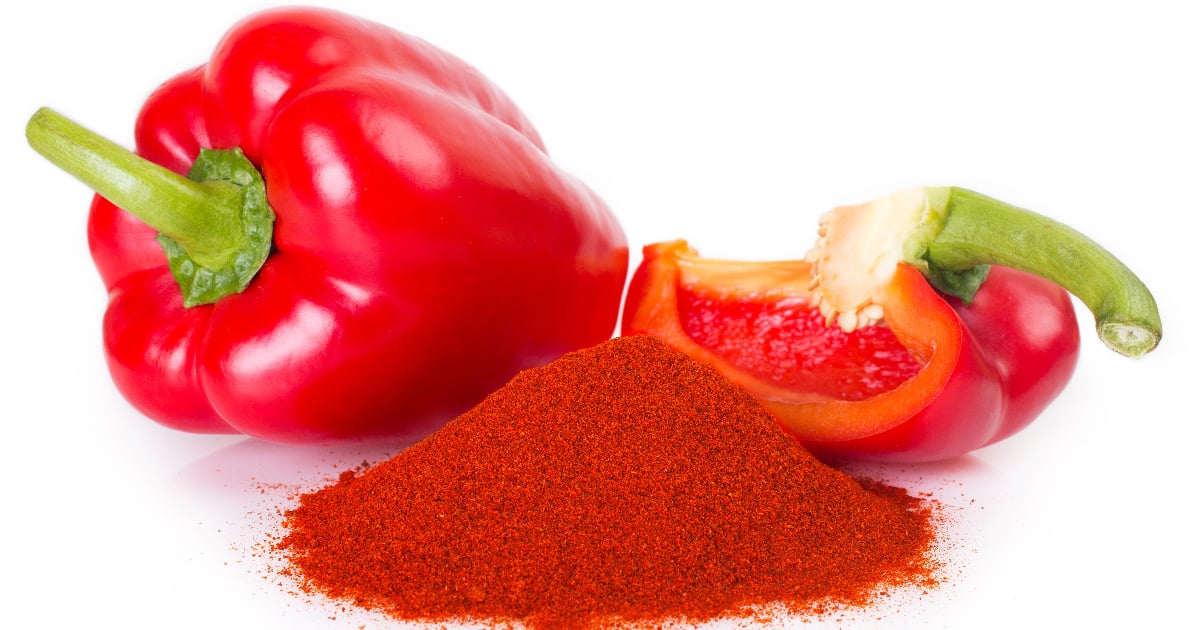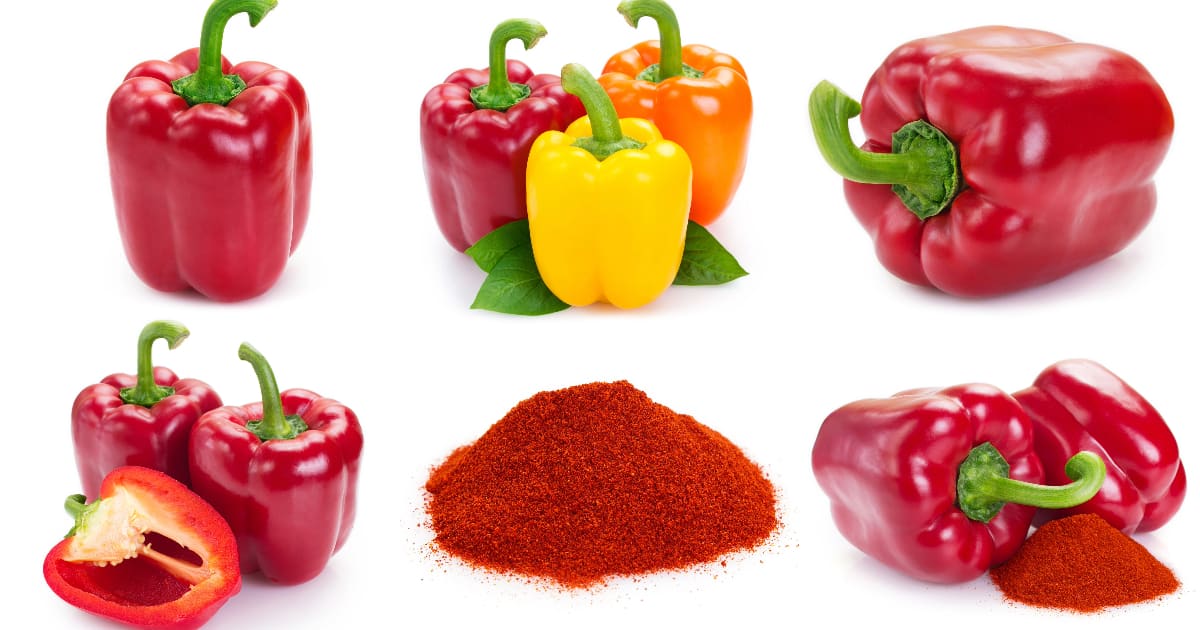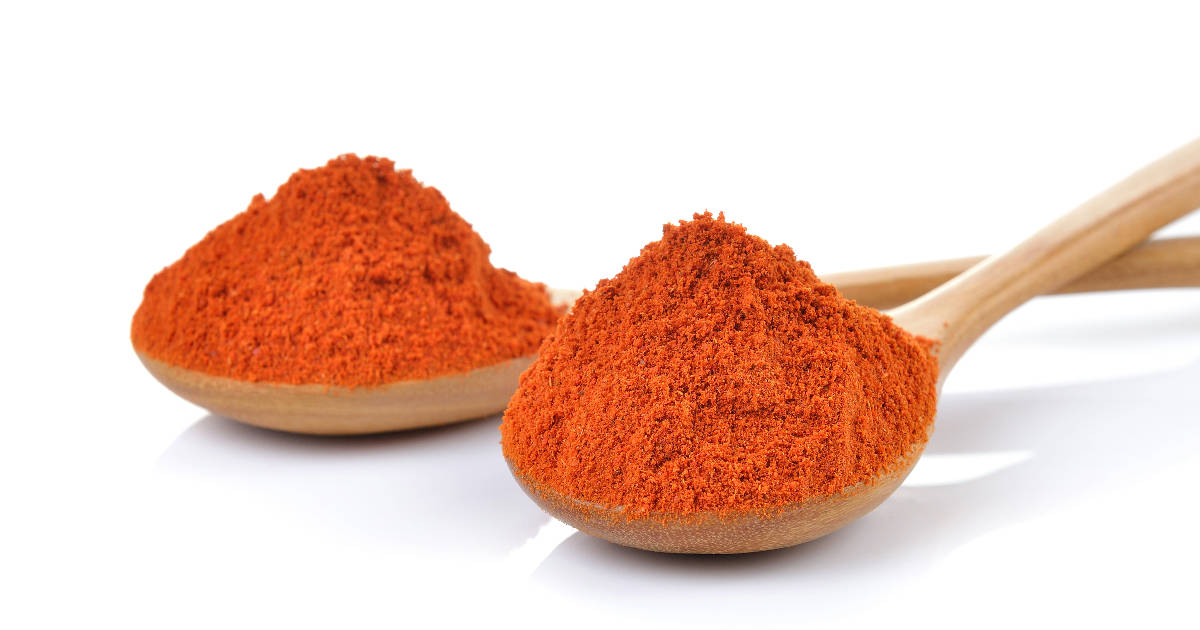Paprika and chili powder may look similar, but they are actually quite different spices. Paprika is made from ground dried bell peppers or chili peppers, while chili powder is a blend of chili peppers and other spices like cumin and oregano.

Though their color and powdered form lead many to use the names interchangeably, paprika and chili powder offer distinct flavors and are not direct substitutes. Read on to learn more about the key differences between these two popular red powders.
Paprika is a Single Powdered Pepper

Paprika consists of just one main ingredient - dried and finely ground red chili peppers. The peppers used are typically on the milder side, like bell peppers or Hungarian paprikas, though hotter varietals can also be used.
The taste of paprika can range from sweet and mild to hot and spicy, depending on the types of peppers used to produce it. Spanish paprika tends to be spicier, while Hungarian paprika is known for its range of sweetness levels.
Paprika's flavor profile comes solely from the dried chili peppers. It does not contain any additional seasonings or spices. This makes it excellent for adding a pure, peppery taste and vivid color to dishes.
Paprika is commonly used to season and garnish all kinds of foods, from eggs to chicken to rice. It is particularly popular in Spanish, Hungarian, and American cuisine. Some of the most quintessential paprika dishes are chicken paprikash, goulash, and Hungarian fisherman's soup.
Chili Powder is a Seasoning Blend

While paprika comes from a single source, chili powder is a blend of multiple spices and seasonings. Though chili peppers are the base, other ingredients like cumin, oregano, garlic powder, and salt are also commonly added.
The combination of spices gives chili powder a more complex flavor profile than paprika. It is richer, more robust, and often packs more heat.
Cayenne pepper is a common ingredient used to add spiciness to chili powder. The ratio is usually about one part cayenne to six or seven parts other spices. If hotter chilies like chipotle are used instead of cayenne, the resulting chili powder will be even spicier.
Chili powder is used as an all-purpose seasoning rather than just being a straight chili flavor. It works especially well in chili con carne, tacos, barbecue sauces, meat rubs, and Tex-Mex dishes. The blend of seasonings gives it a signature flavor.
While paprika originates from Hungary and Spain, chili powder is an American invention, first created in the 19th century by blending chilies with other spices. Today "chili powder" has become a generic term used for all chili-based seasoning blends, even if they don't match the original American recipe.
Flavor and Heat Differences
Since paprika comes straight from peppers, it will be purer in flavor - more of a straightforward chili taste. Chili powder's blend of seasonings gives it a more complex, multilayered flavor profile.
Paprika is also typically milder than chili powder. On the Scoville scale which measures pepper heat, paprika generally ranges from 0 to 500 units, placing it on the sweet and mild end. Chili powder starts around 500 units but can go upwards of 5,000+, making it moderately hot to fiery.
However, there are some exceptions. Hot Spanish smoked paprika can reach heat levels comparable to a chili powder. And some milder chili powder blends are not much spicier than paprika. But in most cases, chili powder will be the hotter of the two.
Origins and Types
Paprika originates from central Mexico, where chili peppers have been cultivated for centuries. The name comes from the Hungarian word for pepper.
There are several main paprika varieties:
- Sweet paprika - Most common, made from mild red bell peppers
- Hot paprika - Made from spicier peppers and/or seeds/placenta
- Smoked paprika - Dried over smoke, adds rich flavor
- Spanish paprika - Ranges from mild to spicy
- Hungarian paprika - Known for its sweet, mild varieties
Chili powder was invented in America in the 19th century, created by blending ground chili peppers with other popular spices.
There are many recipes for chili powder, but common ingredients include:
- Chili peppers - Ancho, New Mexican, guajillo
- Garlic powder
- Onion powder
- Cumin
- Oregano
- Cayenne pepper - For heat
While generic "chili powder" refers to the American blended seasoning, different countries have their own versions, like Chinese chili powder or Indian chili powder. The generic name now applies to all chili-based spice mixes.
Substituting and Using Paprika vs. Chili Powder
Because of the very different flavor profiles, paprika and chili powder are not recommended as direct substitutes in recipes, unless you account for the different tastes.
However, in a hurry, chili powder can stand in for regular paprika since it contains some of the same chili flavors. Just be aware it will add other seasonings and more heat.
Conversely, mild paprika can replace chili powder, though the dish won't have as complex of a taste. You may need to supplement with other spices like cumin and garlic powder to make up for what the paprika lacks.
Paprika works best used as a mild seasoning or garnish. It adds great color and a light chili flavor to eggs, chicken, pasta, rice, and stews. Chili powder is ideal for spicing up chilis, meat rubs, Tex-Mex dishes, and anywhere you want a punch of flavor and heat.
So while their bright red hues may make paprika and chili powder look interchangeable, they offer quite different experiences for your taste buds. Understand the nuances between these two powders to determine which is best for the dish you wish to make.
FAQ
Q: What types of peppers are used to make paprika?
A: Paprika can be made from a variety of dried chili peppers, most commonly varieties in the Capsicum annuum species. Some of the most popular peppers used include bell peppers, Hungarian paprika peppers, and piquillo peppers. Hotter peppers like cayenne or serrano can also be used.
Q: Does paprika always have to be red in color?
A: No. While most paprika is a bright red powder, the color can range depending on the peppers used. Green paprika also exists, made from unripe pepper pods. White paprika and orange paprika can be found too. But the red varieties are by far the most common.
Q: What's the difference between regular chili powder and ground cayenne pepper?
A: Cayenne pepper is simply made from ground cayenne chili peppers, so it delivers pure heat. Chili powder contains cayenne pepper to add spiciness but also has other seasonings like garlic powder, cumin, and oregano. This gives chili powder a more complex flavor profile compared to the straightforward heat of cayenne.
Q: Does paprika go bad?
A: Like any spice, paprika can lose potency over time but it has a relatively long shelf life. If stored properly in an airtight container away from light and heat, paprika can last up to 3 years before losing its robust flavor and vibrant color. To maximize freshness and flavor, try to use paprika within 1 year of purchase.
Q: What dishes use a lot of paprika?
A: Paprika is very popular in Hungarian cuisine, where it flavors classics like goulash, chicken paprikash, and Hungarian fisherman's soup. It's also commonly used in rice dishes, stews, eggs, pasta, and potato dishes across many cultures. Spanish chorizo sausage relies heavily on paprika for its distinctive color and smoky flavor.
Conclusion
While paprika and chili powder may appear quite similar, they offer very distinct flavors and cannot be used interchangeably in most recipes. Paprika derives its taste solely from the dried peppers used to produce it, while chili powder gets more complex notes from its blend of seasonings.
Chili powder also packs substantially more heat than the typically mild paprika. Though there are some hotter paprika varieties, most have just a touch of a spicy kick.
Understanding the nuances of these two versatile, vibrant powders will allow you to use them appropriately to give your meals the perfect flavor. Whether you're looking to add a touch of color and mild sweetness or amp up the spice level, knowing when to reach for the paprika versus the chili powder can make all the difference.

